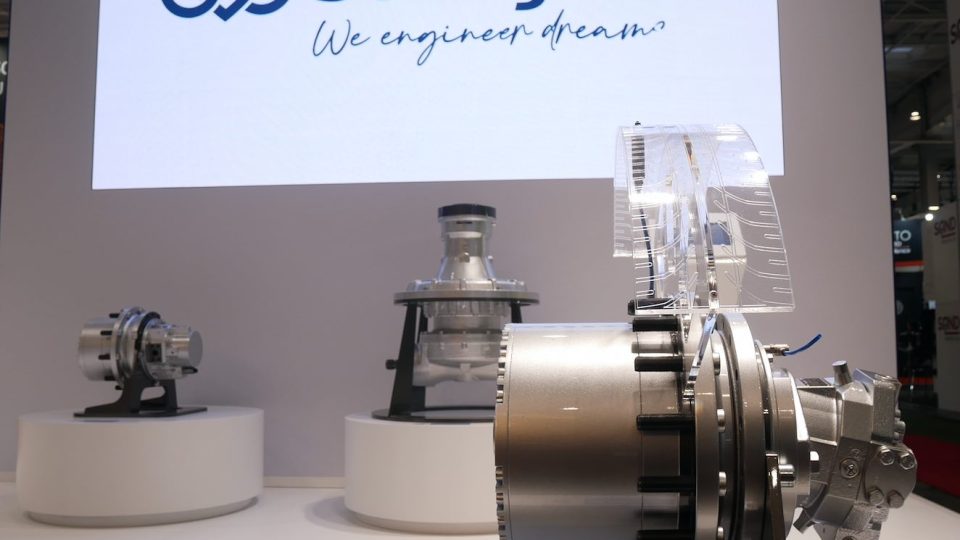Insect-like injection system developed at Lund University
Lund University, inspired by nature Nitrogen oxides (known as NOx), one of the products of diesel combustion. They are also among the biggest enemies for the environment and for health. Diesel combustion is one of the most efficient processes in terms of power density. Nevertheless, exhaust fumes contain harmful oxides of nitrogen that have a […]

Lund University, inspired by nature
Nitrogen oxides (known as NOx), one of the products of diesel combustion. They are also among the biggest enemies for the environment and for health. Diesel combustion is one of the most efficient processes in terms of power density. Nevertheless, exhaust fumes contain harmful oxides of nitrogen that have a negative impact on life.

Lund University, Biomimetics 3000, and the bombardier-beetle
At Lund University, in Sweden, some researchers, together with the Swedish company Biomimetics 3000, have found an original solution to efficiently remove those oxides from the exhaust of diesel engines. What is peculiar is the source of inspiration that has driven the design process. It is, in fact, an insect, the bombardier beetle, that inspired the researchers. The beetle is particular because it has a built-in chemical reactor. This allows the insect to fire a warm, toxic, liquid spray from its abdomen when it perceives threats.
The internal combustion comeback
The recent scandal of the “Dieselgate” had a massive impact on the perception of combustion engines. Therefore, there has been much talk about the end of the “combustion age”. The debate evolved on many levels, from mass media to car companies and political administrations. At the same time, electric solutions have progressively attracted a lot of attention.
However, according to combustion engine researchers, IC engines may still be around for a while. The transition to fully electric vehicles may not be feasible in the short term. What is most likely to happen is that most vehicles will have some sort of electrification, and will not be fully-electric. This means hybrids using combustion engines to augment their power requirements.
Moreover, most of the electricity we currently use comes from fossil fuels, and this only shifts the problem to another level. «Ultimately, it will be a long time before most electricity production is green. Therefore, the end goal is not electric cars per se, but rather ensuring that we accelerate the production of green energy from wind power, hydropower, and biomass. And also that we use it where it is best needed», argued Per Tunestål, professor of combustion engines at Lund University.
PETER KELLY SENECAL, WHY INTERNAL COMBUSTION IS NOT DEAD
Scr
The new system is basically a more efficient injector that fits into existing emission control systems (common on Euro 6 vehicles). The injector has been applied to the SCR system. These systems inject aqueous Urea solution into the reduction catalyst of Diesel engines. Then they convert NOx into harmless nitrogen and water vapor. This solution is pretty typical for Diesel vehicles classed as Euro 6. Nevertheless, in some cases (i.e. under cold engine running conditions) it is inefficient.
Testing the mechanism
The tests that the Lund University has performed demonstrated that the new technology can reduce the NOx content of the exhaust to a significantly lower level. «Our tests show that not only is the NOx content significantly reduced. It also reduces harmful ammonia emissions that are usually formed when NOx emissions are detoxified in this manner», said Per Tunestål.
The mechanism displayed by the bombardier bee is the key feature of the NOx reduction. «We have created a spray with many small warm droplets which are injected at much higher speed than today’s systems. This facilitates the mixing with the exhaust fumes and makes for better distribution across the catalytic converter’s surface», explained Tunestål.







